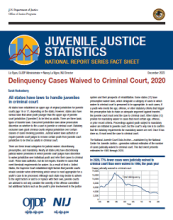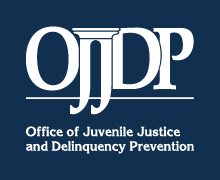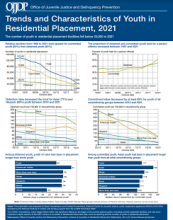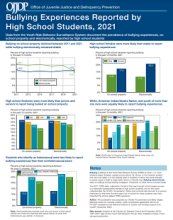Youth Bias-Based Victimization: Comparing Online Only, In-Person Only, and Mixed Online/In-Person Incidents
Journal
International Journal of Bullying Prevention
Date Published
2023
Agencies
NIJ-Sponsored
Publication Type
Research (Applied/Empirical)







